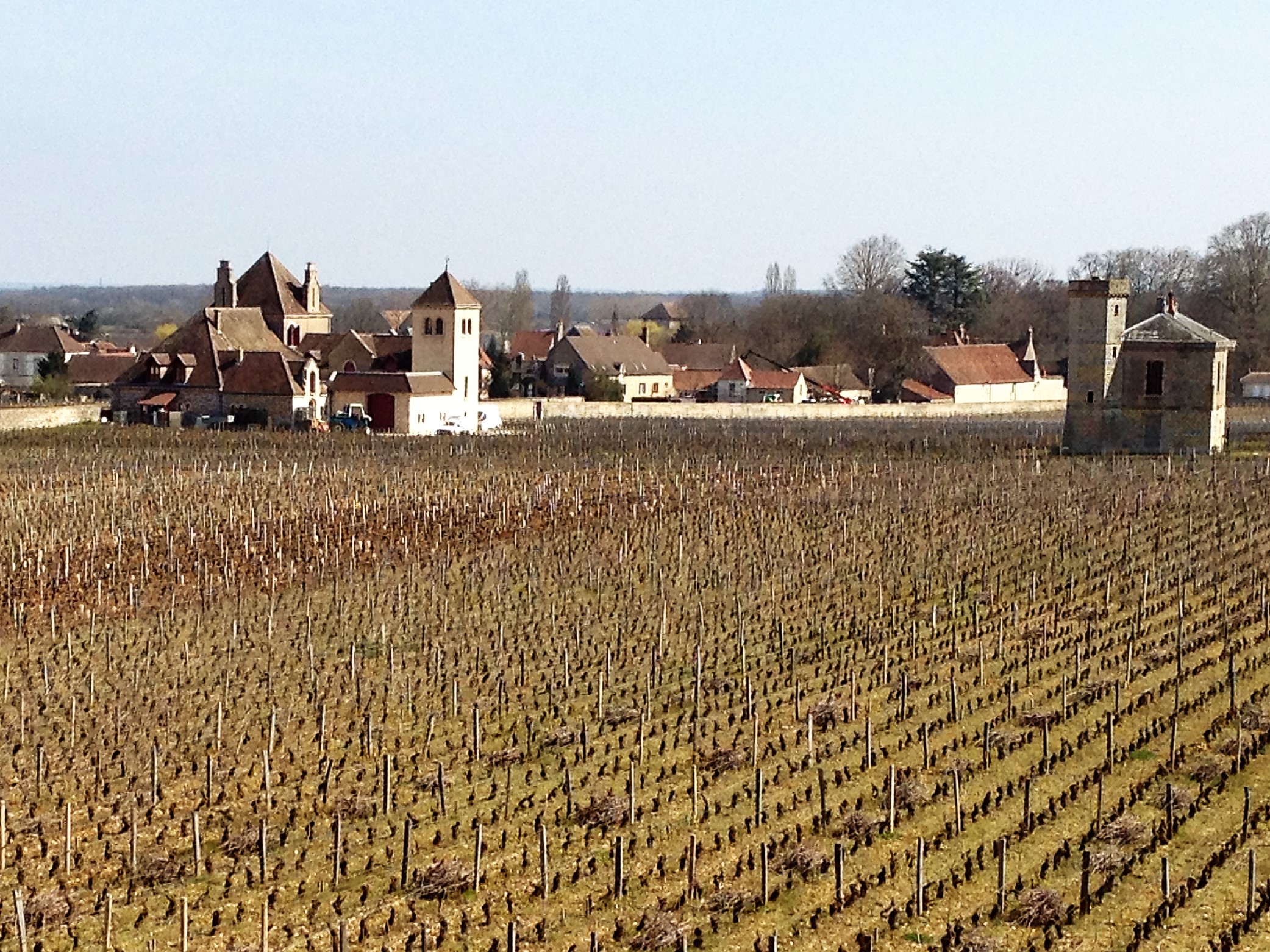Fascinating Bourgogne wines
Deceuninck Patrick, Editor
05 03 2018

Photo : Clos Vougeot
© TransTree 2018
Burgundy in France is known as the place where the world's best and most expensive wines come from. It is not without reason that the picturesque villages attract many people every year. Wine tourists also return on a regular basis to get to know this complex and fragmented region. Burgundy as a wine region requires concentration and an intellectual commitment, but the effort is more than worth it.
Located at the 47th parallel, the Burgundy region stretches across four departments and measures approximately 240 km from head to tail. From Belgium, the region is easily accessible by car. In the north of Burgundy lies Chablis. Further south, just below Dijon, lies the undisputed backbone of the wine region, formed by the Côte d'Or, which is divided into the Côte de Nuits and the Côte de Beaune. This 65 km strip produces the most famous wines. Further down lies the Côte Chalonnaise, followed by the Mâconnais and the Beaujolais. Geographically, the Beaujolais is part of Burgundy, but because of the different character of the wines, this wine region is often treated separately.
The best red wines are made from the pinot noir grape and the white wines from the chardonnay grape. In the Mâconnais and in the Beaujolais, you will find the gamay grape, where the best cru's offer excellent quality.
Burgundy wines are defined on the basis of their place of origin. A four-stage hierarchy divides the vineyards into: regional, municipal, Premier Cru and Grand Cru. This quickly results in about a hundred appellations of origin (AOC). The communes are divided into cadastral parcels or "climats" and "lieu-dits" to which a particular name is attributed. In the Côte d'Or, one can be sure that the "climats", or demarcated vineyards, are indications of the better wines. Some climats have been awarded the status of Premier Cru and Grand Cru. La Romaneé-Conti" is the most famous "climat". All these mini-plots sometimes have several owners, which explains the large number of mini-vineyards in the region. Much of their wine is sold on to the big trading houses "negociants". It is also worth noting that the geology of all these plots can vary. In the Côte de Nuits alone, there are 59 types of soil.
Wine is a product of nature. Every year, a new story is written. The players are: the soil and its relief (both geological and biological); the climatic conditions (sun, rain, wind, temperature); and the winegrower (with his own philosophy). It is the latter who expresses as best as possible the will of nature. Burgundy seems to be the complete opposite of Bordeaux in just about everything. A little chateau in Bordeaux is bigger than a cru in Burgundy. From a business point of view, a Bordelais has it a lot easier than a Bourguignon. In Bordeaux, you can play with the assembly. Any weaknesses can be corrected with a little more Merlot or a little more Cabernet. In Burgundy, everything depends on a type of grape (Pinot Noir grape for reds and Chardonnay grape for whites), but it also allows the terroir to be fully expressed.
In the end, terroir is always more important than the winemaker or the style of the house. Terroir can be defined as the set of natural factors that influence the growth of the grape. It is a lesson in humility that Burgundy teaches the wine world every day. Every year, people look forward to the presentation of the latest vintage. For example, the 2016 vintage will be presented in Hong Kong from 26 February to 2 March, and in Burgundy itself from 12-16 March 2018. These tastings of the "primeurs" are a must for wine professionals from all over the world.
Tagged with: France, Bourgogne.
TRANSTREE
CONTACT
If you want to contact us, you can do so: send your report, question or idea about the content of both text and displayed content on this site Transtree to
Via e-mail: info@transtree.be